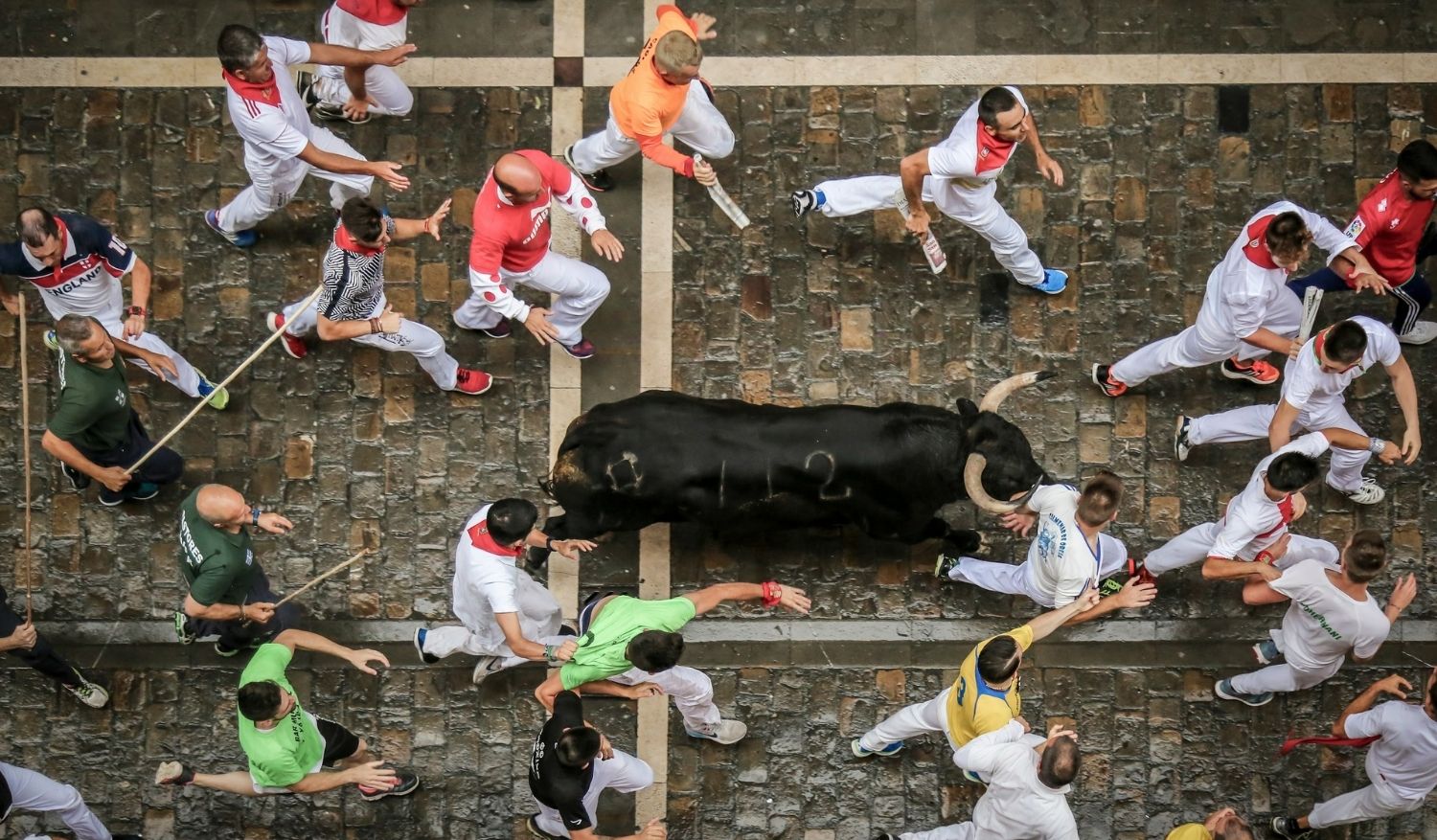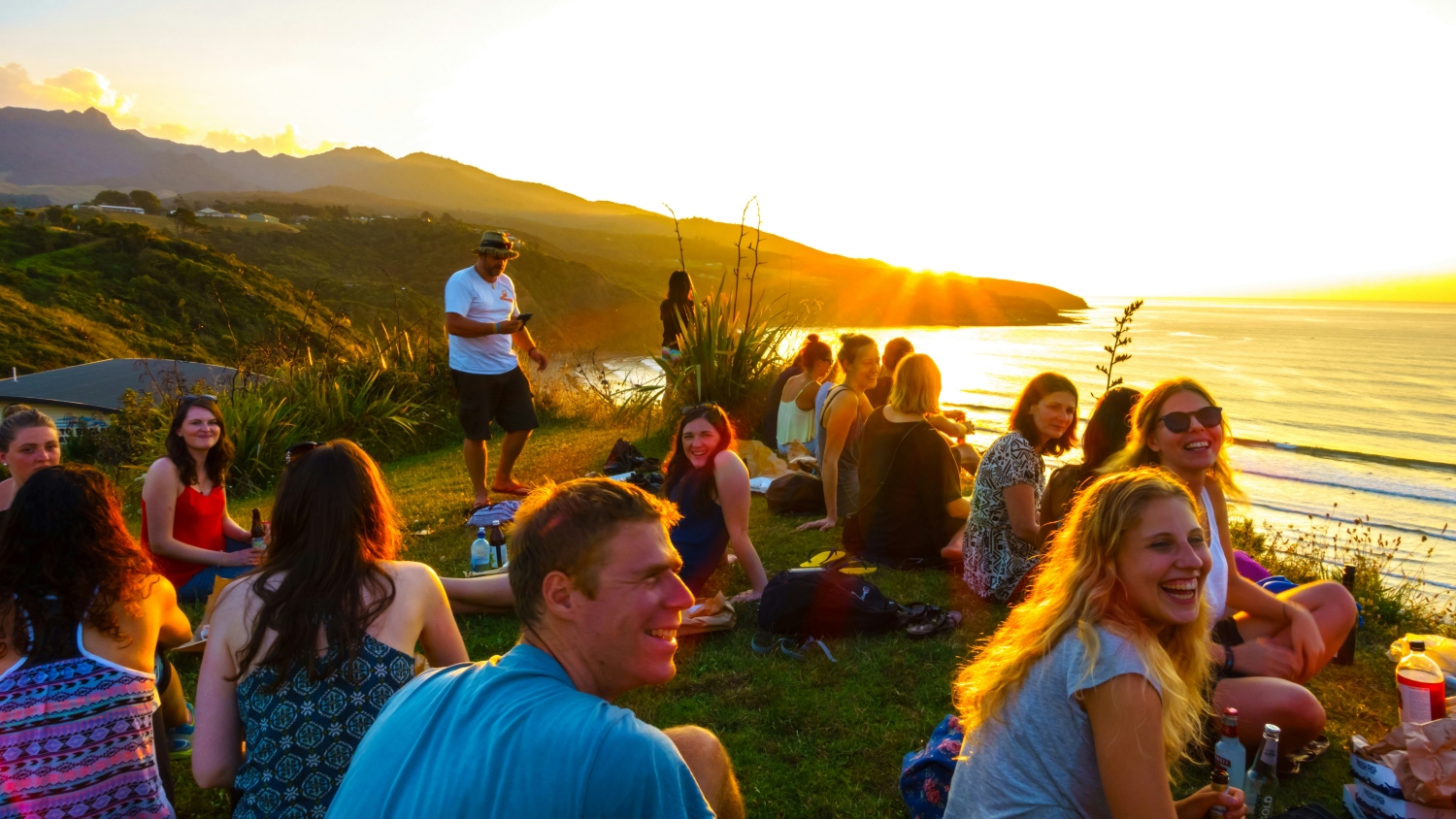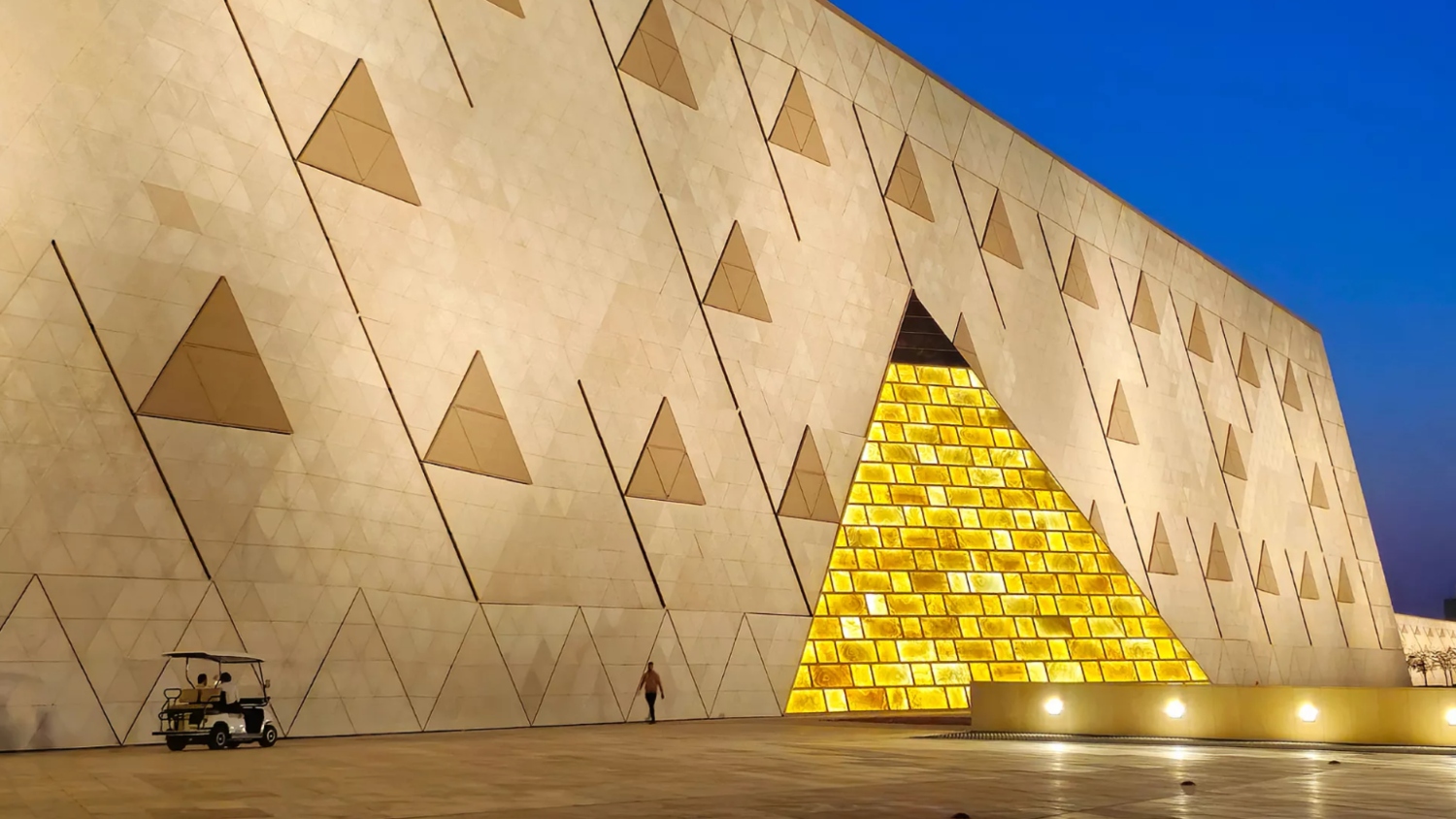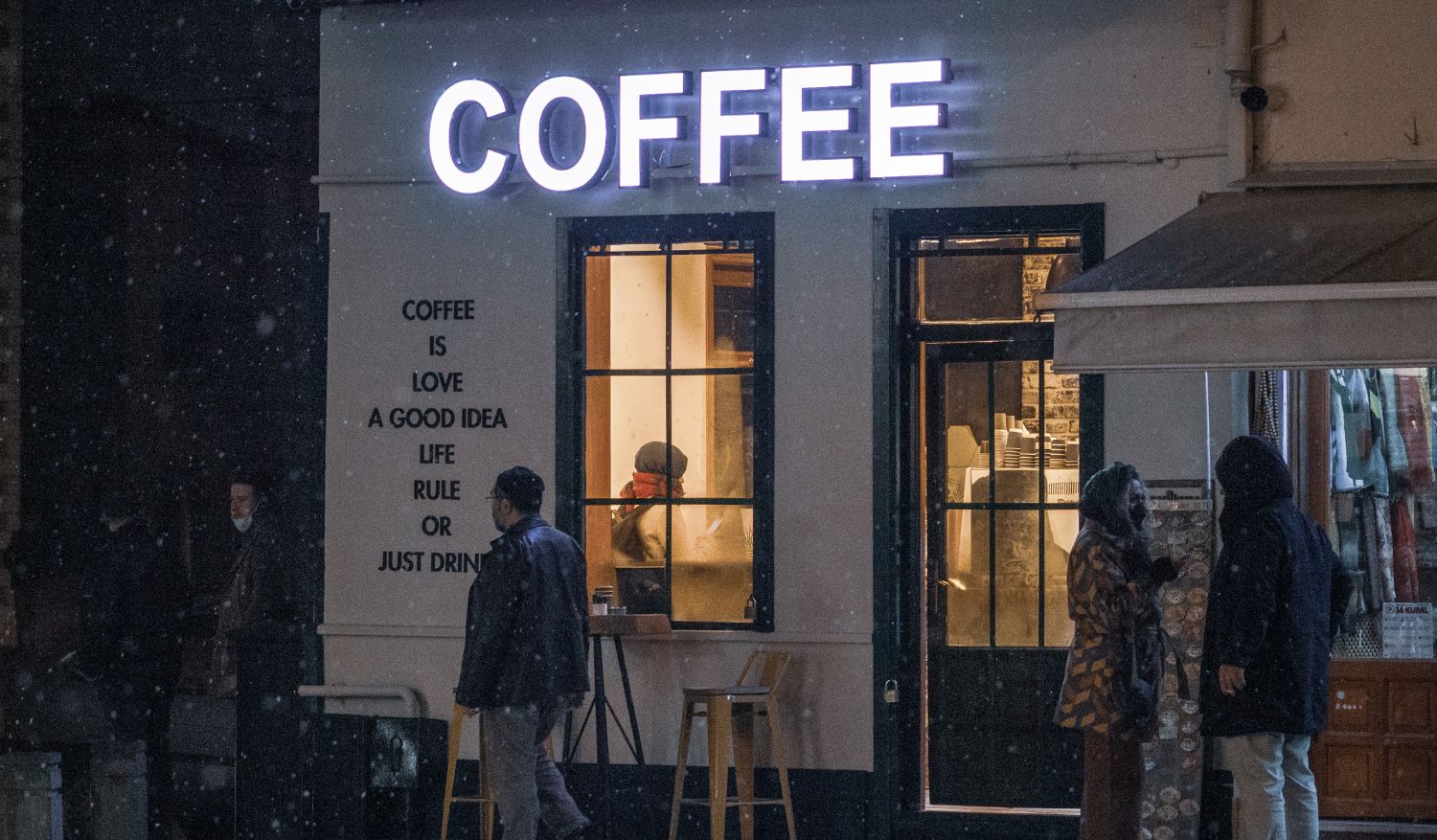The Running of the Bulls, or Encierro, remains one of Spain’s most divisive spectacles – hailed by some as a cultural rite, condemned by others as cruel pageantry. That said, it begins not with bulls, but with a rocket.
Each morning from 7 to 14 July, the streets of Pamplona’s old quarter are lined with anticipation. The first firework – the chupinazo – pierces the early sky, and with it, the famed Encierro thunders to life. For the next few fevered minutes, a herd of bulls and steers stampedes through an 875-metre course toward the city’s bullring, surrounded by daredevil runners dressed in traditional white with red scarves.
But what’s often sensationalised in footage and headlines is only a fraction of what the Fiesta de San Fermín represents.
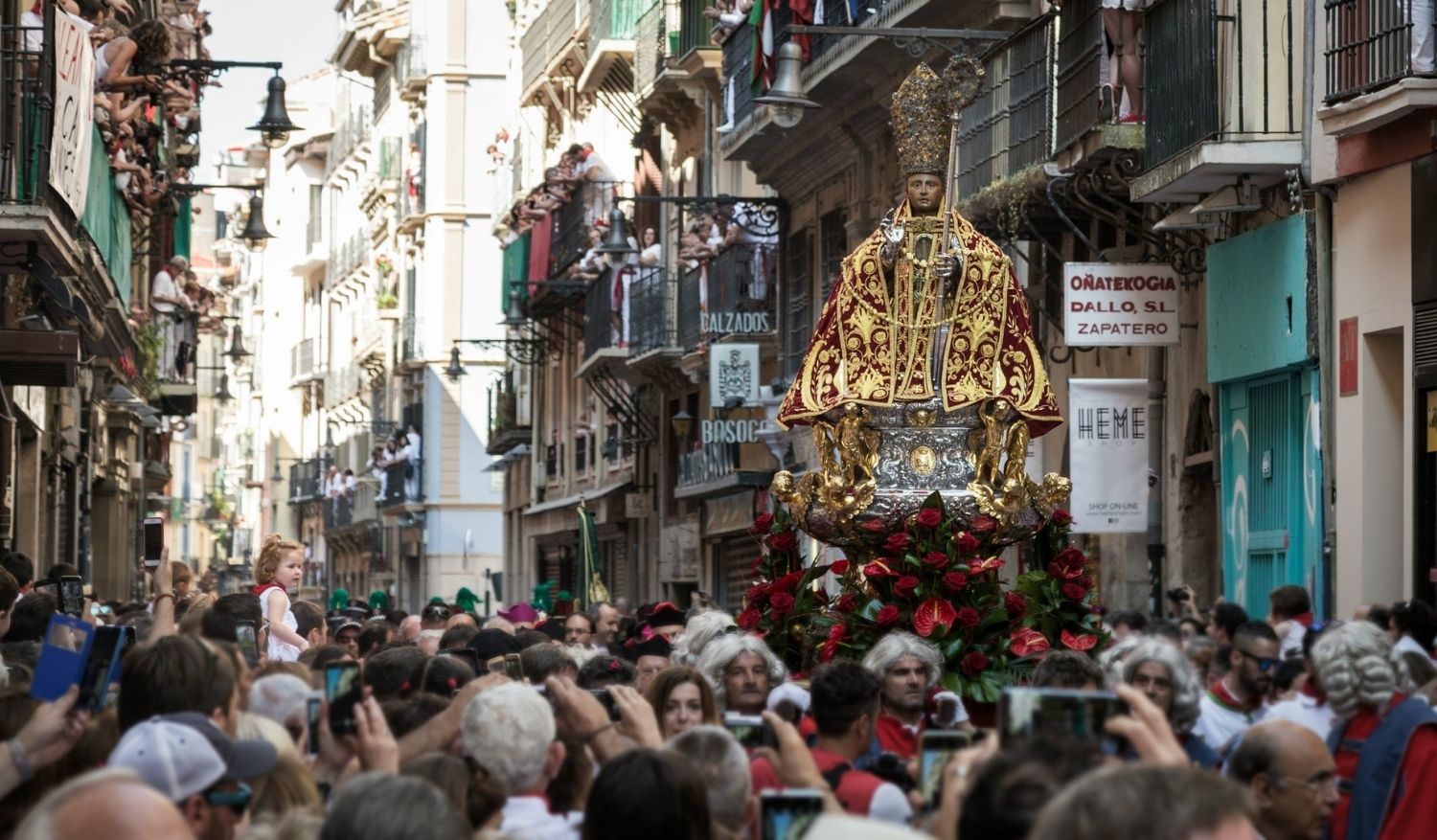
Roots in Religion and Resistance
The festival is named after Saint Fermín, a 3rd-century bishop and martyr who is considered the patron saint of Navarre. While its origins are steeped in religious reverence, the festival’s contemporary form took shape over centuries, combining spiritual procession, livestock trading, and regional folklore. It was Ernest Hemingway’s The Sun Also Rises that catapulted the Encierro onto the world stage, embedding Pamplona in the imagination of adventurers, artists, and tourists ever since.
Today, while many attendees are drawn by the thrill, locals uphold the event as part of a broader celebration of Navarrese heritage. It’s not uncommon to find entire families pouring into the plazas, singing Pobre de Mí (a traditional closing chant), or gathering for open-air concerts and regional cuisine. To them, the bulls are only one thread in a much larger cultural tapestry.
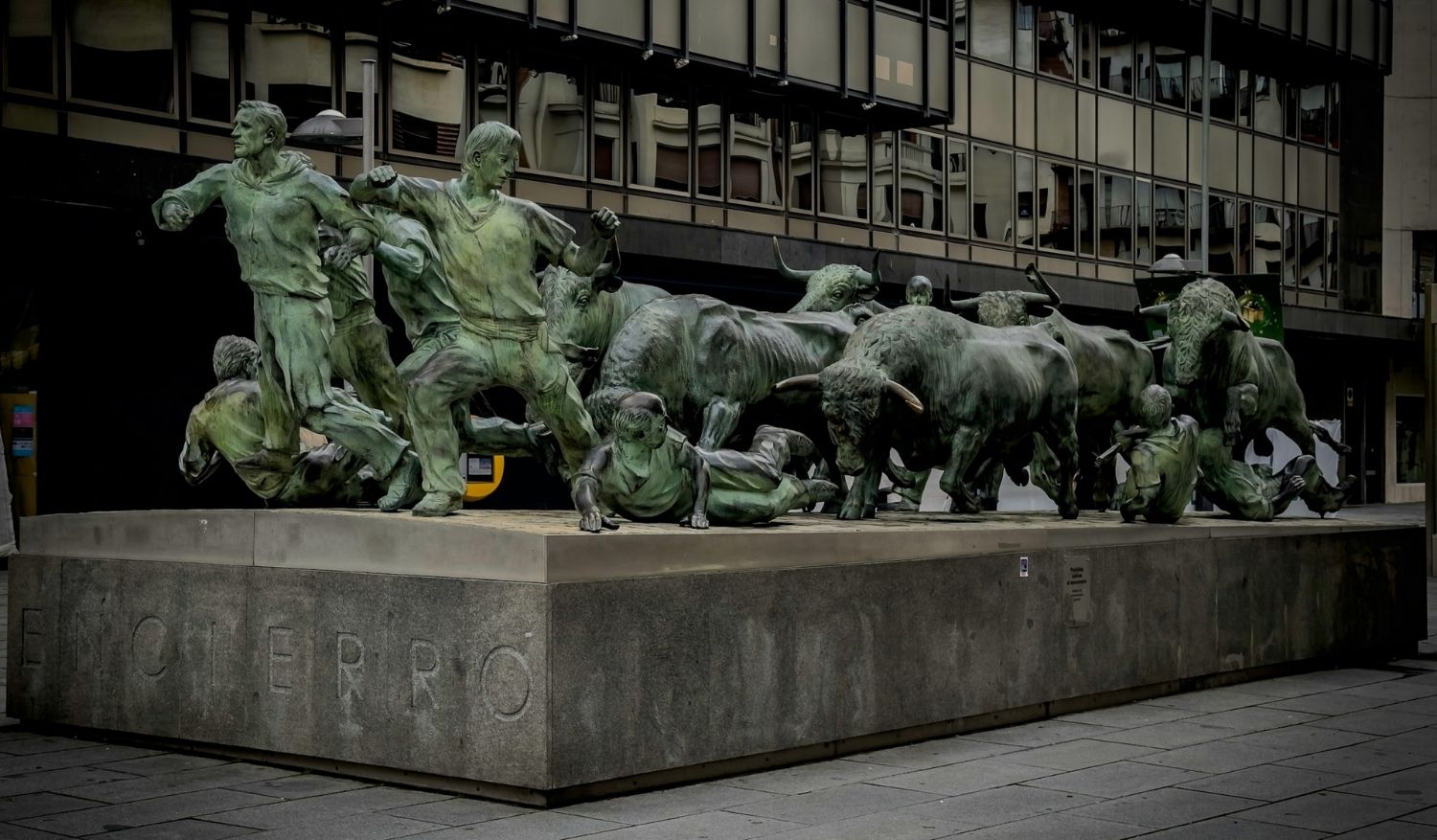
A Festival of Contradictions
Despite its popularity, the Running of the Bulls has faced growing scrutiny. Animal rights organisations have condemned the event for glorifying cruelty, especially since the bulls that charge through the streets in the morning are usually slaughtered in bullfights in the evening. Spain remains divided on the issue – with regions like Catalonia outlawing bullfighting entirely, while others defend it as an artistic tradition.
In Pamplona, the debate is more nuanced. While protests and ethical tourism movements grow louder each year, many locals argue that reforms – including improved safety protocols and increased animal welfare awareness – offer a more balanced way forward. Some younger residents choose to participate in the festivities without supporting the bull runs or fights, carving out new expressions of tradition.
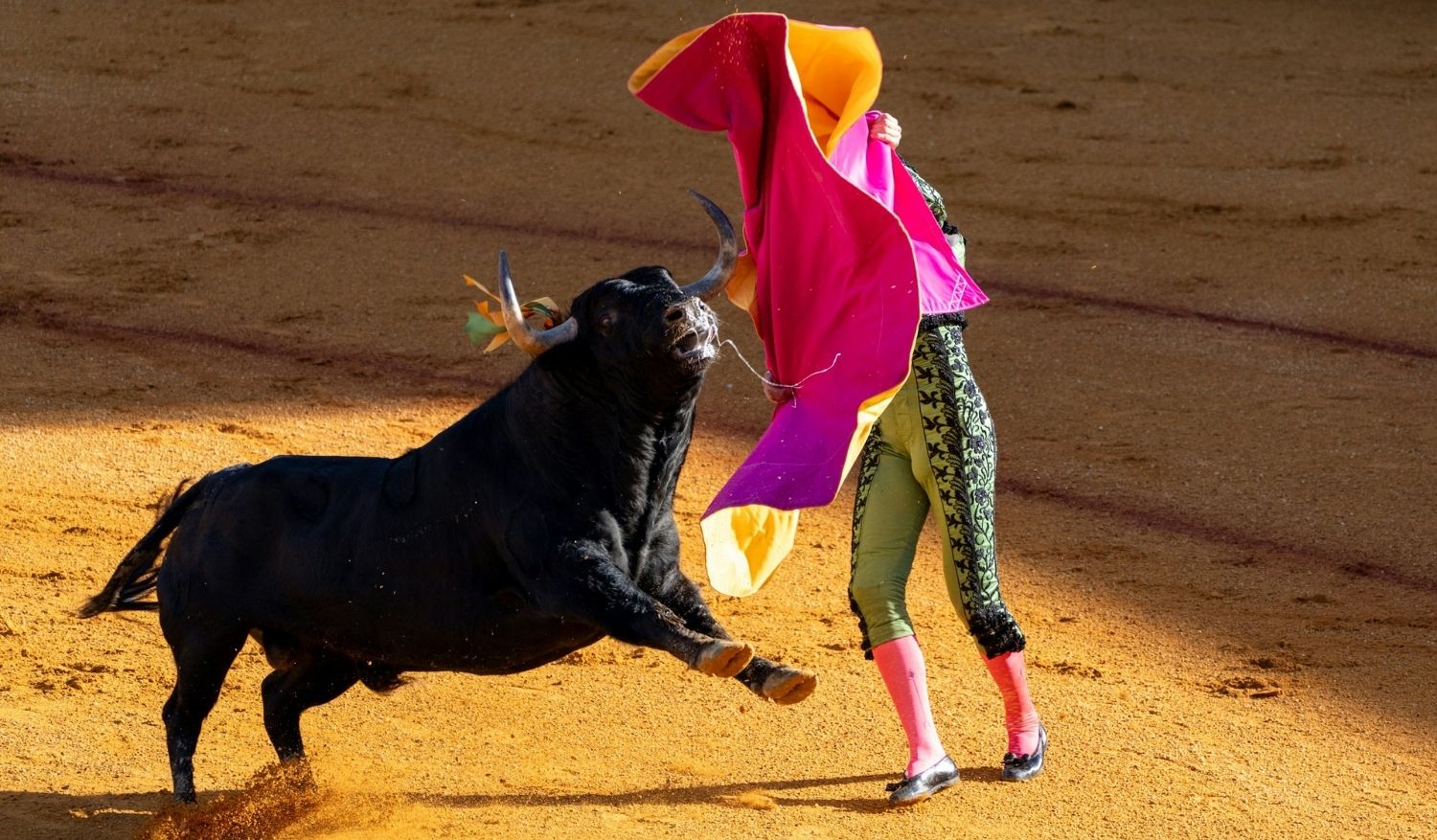
Staying Safe and Respectful
For travellers keen to witness the spectacle, understanding the cultural code is crucial. This is not a staged show for tourists but a sacred calendar fixture with deep emotional roots. Visitors are advised to avoid participating in the run unless they’re physically prepared and understand the risks. Injuries are common, and fatalities have occurred – both for humans and bulls.
The city of Pamplona itself transforms during the festival. Accommodation is often booked months in advance, and the streets are awash with music, processions, and an intoxicating mix of revelry and reflection. The Txupinazo opening ceremony and daily religious processions – particularly the one honouring Saint Fermín himself – are opportunities to see the festival’s quieter, more spiritual side.
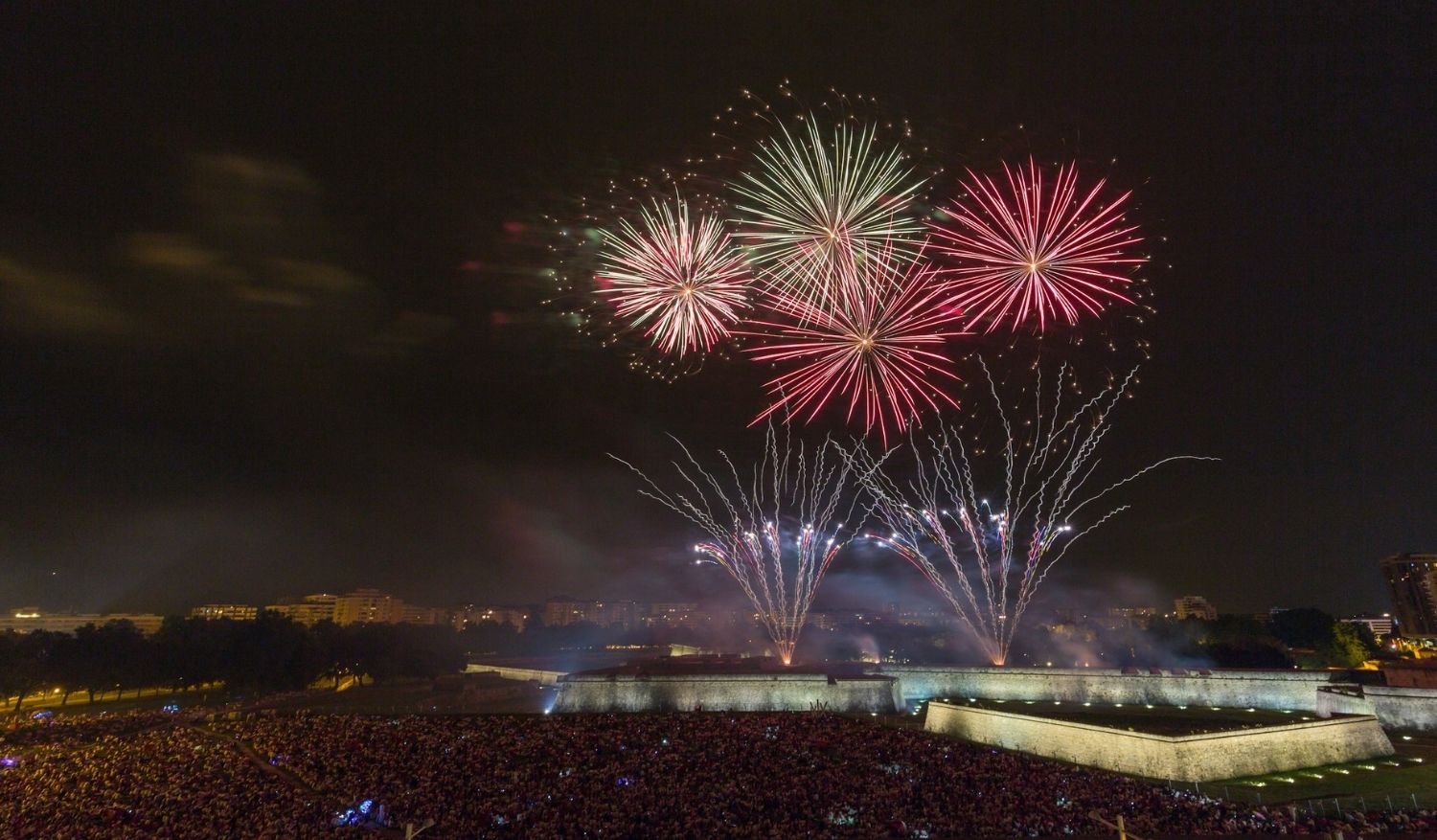
Whether the Encierro will continue in its current form remains to be seen. Attitudes across Spain are shifting, with younger generations increasingly conscious of ethical tourism and animal welfare. Still, the Running of the Bulls is not fading quietly into history. Instead, it’s evolving – slowly, contentiously, and under the gaze of the world.
For those seeking to understand Spain beyond its beaches and flamenco clichés, the Running of the Bulls offers a visceral lens into the nation’s tensions between tradition and modernity, reverence and rebellion. It’s a reminder that festivals, like people, can be contradictory – at once joyous and troubling, ancient, and urgent.
For more cultural guides, find them here.


